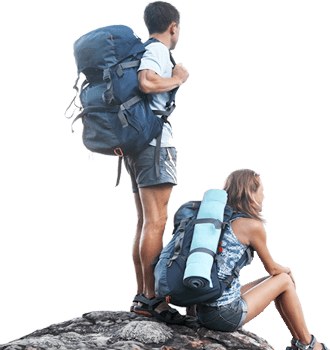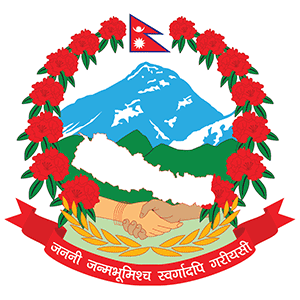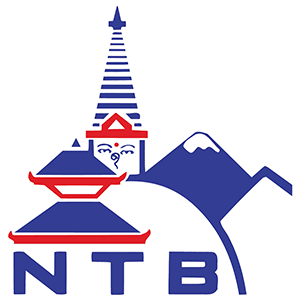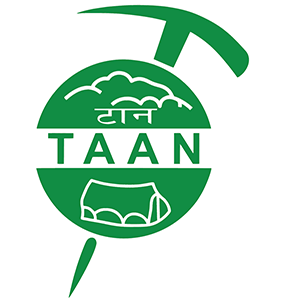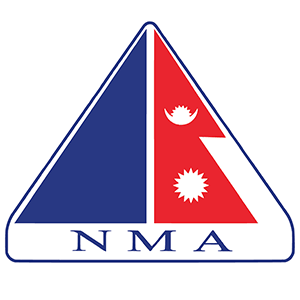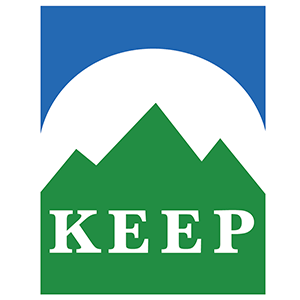Mera Peak, located in Nepal's Himalayas, is a towering colossus at an altitude of 6,654 meters. It is Nepal's premier permitted trekking peak, with breathtaking views and a challenging but manageable ascent. The mountain has three distinct summits: Mera North, Mera Central, and Mera South. Mera Central is the world's largest and most popular drawing enthusiast community. Mera Peak requires physical prowess as well as mental fortitude to climb through rugged terrain that includes forests, alpine meadows, and glaciers. Despite the technical difficulties, the ascent is deemed manageable by climbers with intermediate experience. When climbers reach the summit, they are rewarded with a breathtaking view of towering peaks such as Everest, Lhotse, Makalu, and Kanchenjunga. Mera Peak is not only a formidable challenge, but also a gateway to unforgettable experiences and memories that highlight Nepal's Himalayas' enduring allure.
Mera Peak, located in Nepal's Sagarmatha Zone, Sankhuwasabha, Mahalangur region, provides stunning views of the Hinku and Hongu Drangkas valleys. Mera Central and Mera North, which were first climbed by Col. Jimmy Roberts and Sen Tenzing in 1953, have seen multiple ascents, with conflicting reports on the first climbers. The Southwest Pillar has a difficult 1,800-meter path with an ED-inf gradient that Mal Duff and Ian Tattersall completed in 1986. Despite the risk of serac collapse near the pillar's base, Mera Peak remains a popular climbing destination, attracting climbers from all over the world.
Mera Peak's standard northern route involves high-altitude glacier walking, whereas the west and south faces offer more difficult technical routes. Standing at 6,654 meters, the peak offers a 360-degree panoramic view of five of the world's highest mountains above 8,000 meters: Mount Everest, Kangchenjunga, Lhotse, Makalu, and Cho Oyu. The summit also provides breathtaking views of other peaks in the Khumbu Region, such as Chamlang, Kangchenjunga, Makalu, and Baruntse to the east and Cho-Oyu, Ama Dablam, and Kangtega to the west. Mera Peak is a popular destination for climbers looking for a challenging ascent and breathtaking views of iconic Himalayan peaks.
Mera Peak offers an exhilarating trekking and mountaineering adventure, with unforgettable experiences and a profound sense of accomplishment for climbers who reach the summit. The breathtaking views of the Himalayan peaks contribute to the allure. However, the expedition's technical challenges necessitate careful planning and the knowledge of experienced guides to ensure a safe and successful journey. The climb to Mera Peak is both a physical challenge and a test of skill and preparedness, promising participants a sense of accomplishment as well as breathtaking views.


